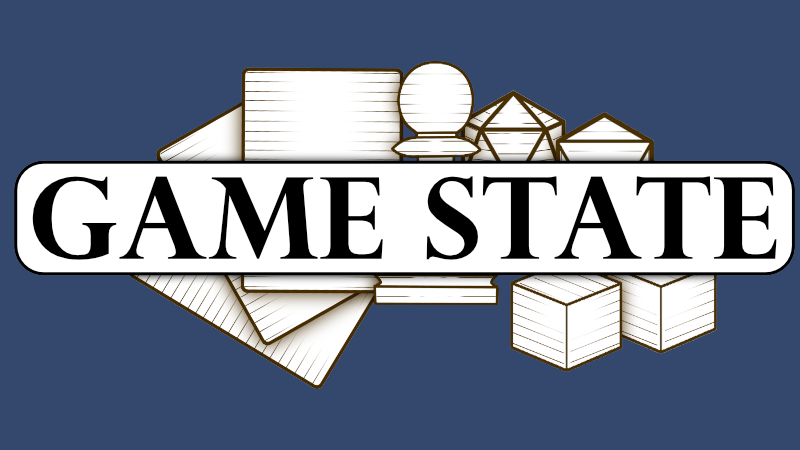Part 1: What is Warhammer?
Warhammer 40k is a table top, miniatures-based war game that was published by Games Workshop in 1987. There are other products that came out at about the same time, most notably Space Hulk, that were also in the same universe, using the same miniatures. It is a richly detailed setting with a phenomenal amount of lore that has been crafted through novels and novellas published in the collection known as The Black Library from Games Workshop. Additionally, novellas and short stories are published frequently in White Dwarf magazine, a publication that started in 1977 as an RPG trade magazine that converted in the 1990’s to being exclusively about Games Workshop products. Last but not least, each army codex is full of lore and tidbits for characters, technology, and history that is specific to the faction it is detailing.
There are literally tens of thousands of pages of lore. Each faction gets updated lore as the setting moves forward through different editions of the Warhammer 40k Game. Each year sees more and more products hitting the Black Library, and more talented authors submitting works for White Dwarf. No one can expect to keep it all straight. On top of that it is a living setting, meaning each edition of the table top game advances the timeline and story of each faction and characters. Each novel published lives within that story and fills in gaps or expands upon information from the codexes.
It’s a lot. On streaming and video platforms there are dozens and dozens of people that analyze all of that lore, each with their own specific slant, ideology, and approach. We’re not going to add more to that here, but the point is that there is an immersive amount of information for you to either dive into or skim over, depending on how in depth you would like to go.
The story of Warhammer influences the armies that you can play. Each army plays a little differently, and each edition of the game tweaks how they play just a little bit. New models are introduced fairly regularly which all add to the capacities and choices you have for your army. Before you think about mustering your first list, we strongly suggest that you take the time to look at the factions.
The Setting itself is set in approximately what we would consider the year 42,025 and in an alternate version of our own Milky Way Galaxy. Stars, planet names, constellations, and even moments within our own history are mirrored in the setting. It is heavily based in science fiction and there is a plethora of lost technology, dark ages between now and then, constant war, alien races, and other elements that border on the fantastic, including the mysterious Warp which is an alternate dimension that can be traveled into in order to travel faster from point to point in the galaxy. There are things that live in the Warp, creatures and entities of unimaginable power and they have learned to influence some of the races that live among the stars, most notably Humans.
When Humans spread across the galaxy from Terra (Earth), they encountered several Xenos or alien races. Some of these races were folded into the fledgling Imperium of Man, and others went to war against them, and are still at war with them over 12,000 years later. Then the Horus Heresy happened and everything went all topsy-turvy and there was a Civil War within the Imperium, lead by the Warmaster Horus against the Emperor. Different Chapters of Space Marines picked sides and fought, and that battle is still raging almost 12,000 years later.
Warhammer is bleak. It is grim-dark. In the future, there is only War. There are about 30 different factions that are fighting over the fate of the Galaxy, or to be just left alone. That premise is what drives the art for the game, the miniatures, and the war game.
More information on Factions
As has been said, there are numerous sources of lore for every single faction in the setting, no matter if you are looking at the armies available during the Horus Heresy or in the Warhammer 40k main setting. There are other ways to play the game including Necromunda, Legio Titanicus, Kill Team, and other smaller games. Age of Sigmar is the fantasy-side of Warhammer, taking place in a different alternate universe that shares some of the same lore and a handful of very specific characters that are known in both settings.
Once you do some research on the topic, if there’s a faction that grabs your attention either because of the lore or because of the aesthetic or because of something else that clicks with you. Then, there’s even more information to find for sub-factions within that faction, history, and hooks within the stories of Warhammer. Each of those might inspire your creativity or pique your interest. Maybe you’ll find more novels, more interesting information, or maybe you’ll be inspired to make your own sub-faction of a faction that you have zeroed in upon!
Check out our next essay on Participating in the Hobby!

